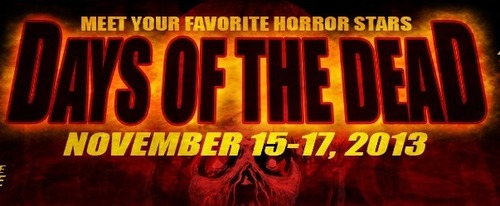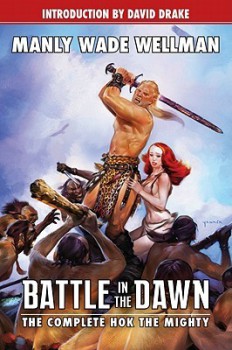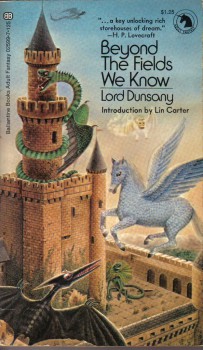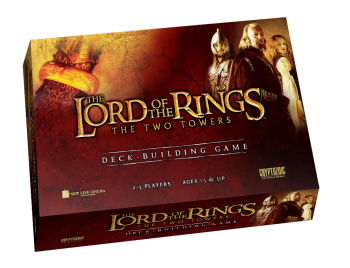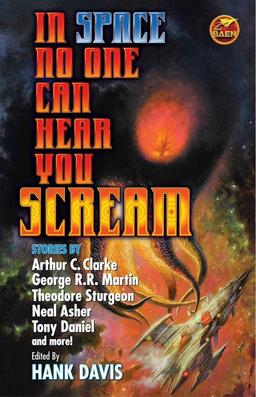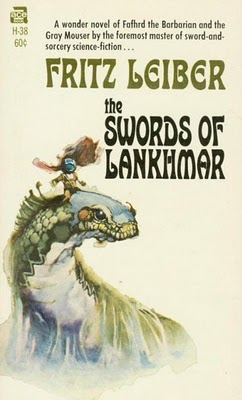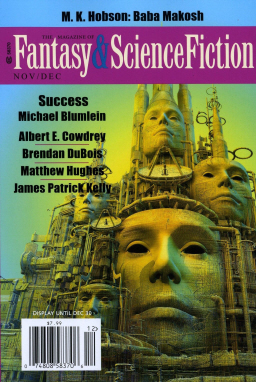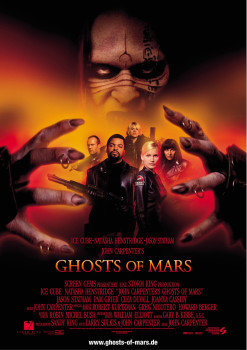“You Keep Using This Word… “
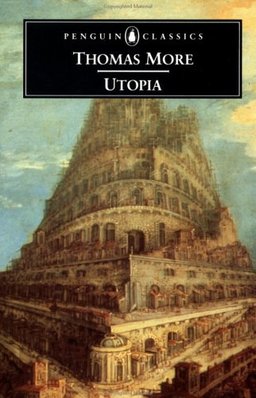 Did you know that in the 18th century, “conscious” meant “guilty”? People have always played fast and loose with terminology and definitions, and we’re all bothered by the ones that bother us, and not by the ones that don’t.
Did you know that in the 18th century, “conscious” meant “guilty”? People have always played fast and loose with terminology and definitions, and we’re all bothered by the ones that bother us, and not by the ones that don’t.
For example, there’s been a bit of an outcry lately over the changing definition of the word “literally.” While I understand – and sympathise – the fact is that new definitions don’t replace old ones, and that English is a language that’s been evolving forever. What’s more important, it seems to me, is that we decide which definitions we’re using at any given time, and we make sure that all other parties to the discussion are using the same ones.
So much for the definitions of words. What about when the word itself is the definition?
I always thought I knew what “Urban Fantasy” meant. You know, a novel set in a city, with an element of fantasy added in. Usually, but not always, a modern, our-world city*. A novel where the story couldn’t be set in any place other than a city, using the tropes, paradigms and conventions of fantasy. That’s what makes it a fantasy novel, just as the necessary setting makes it an urban fantasy.
Then I was invited to be on a panel where we were to discuss whether it was possible for urban fantasies to have male protagonists. I was confused. I wasn’t aware that to a great many people “urban fantasy” is coming to mean “paranormal romance.” Which is, you know, a romance novel with an element of the paranormal added in. Using the tropes, paradigms and conventions of the romance novel. Which is what makes it a romance novel.
